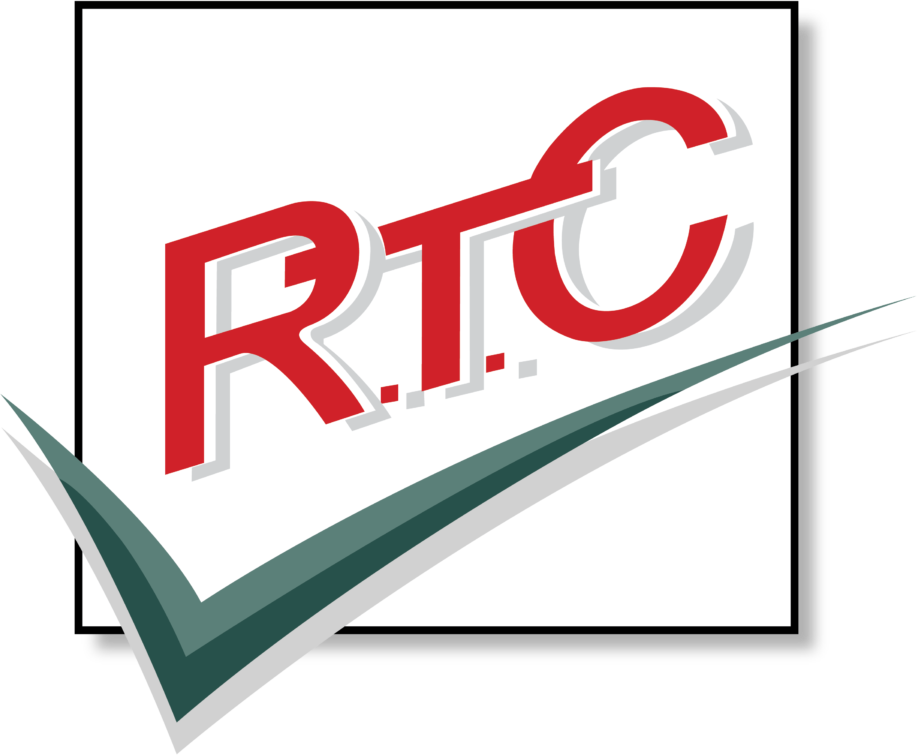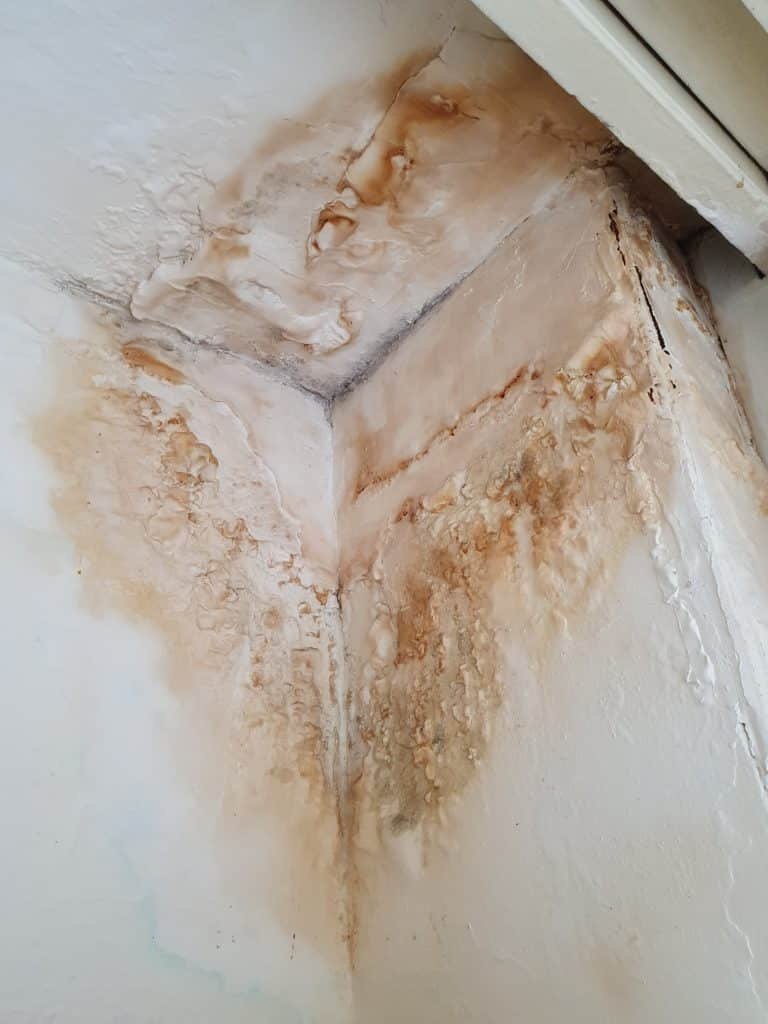When dampness enters a property from either rising damp or penetrating damp, residual salt contamination (mainly chloride and nitrates) can be introduced from the ground and the sea air. As the dampness evaporates, or even if an external defect is rectified, the presence of these salts could still be present within the structure.
These salts are hygroscopic, which means that they have the ability to attract moisture from the atmosphere and will continue to give the appearance of dampness. The higher level of internal moisture, the damper the walls may become. This is the reason that walls can look worse when it is raining and during colder months, as during this time, there is a considerable increase in atmospheric moisture, therefore, more moisture for the salt to attract, resulting in a damper wall.
In fact, certain salts can be evident even if no dampness is present, from chimney stacks for example, where the burning of fuel over the years produces soot which is high in sulphate salts.
In most cases, if residual salt contamination is present, internal re-plastering of the affected areas will be required and it is essential it is carried out to a specific specification. If not, the dampness will return.
RTC are experts in all forms of dampness and will be able to cure your problems once and for all.
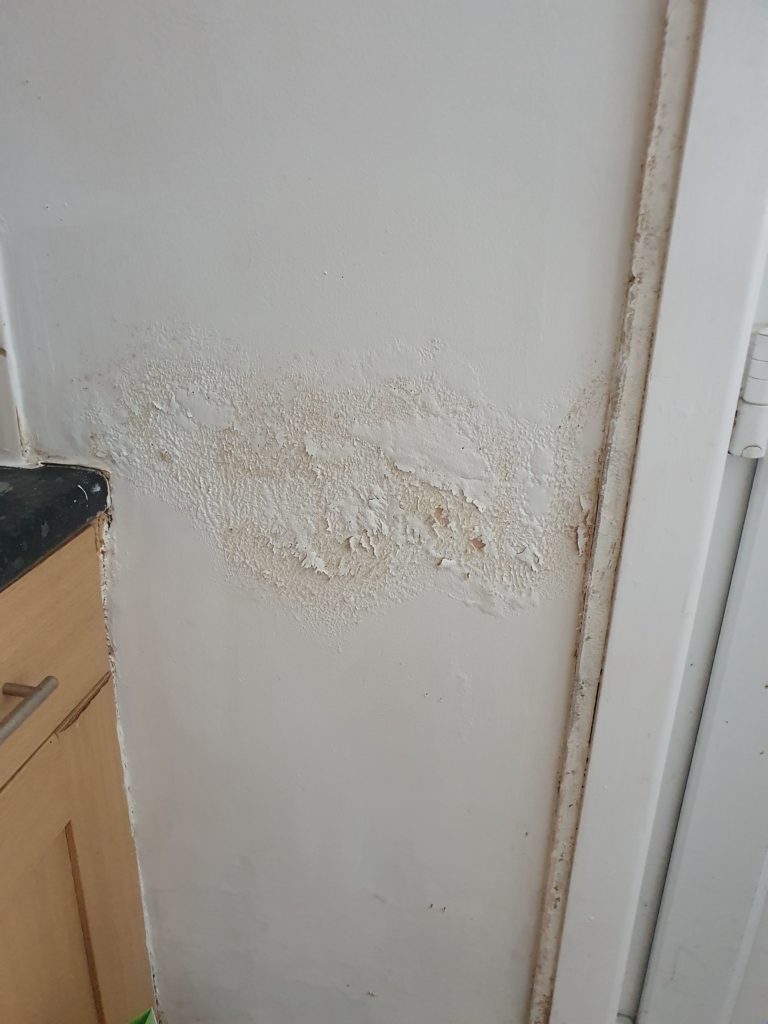
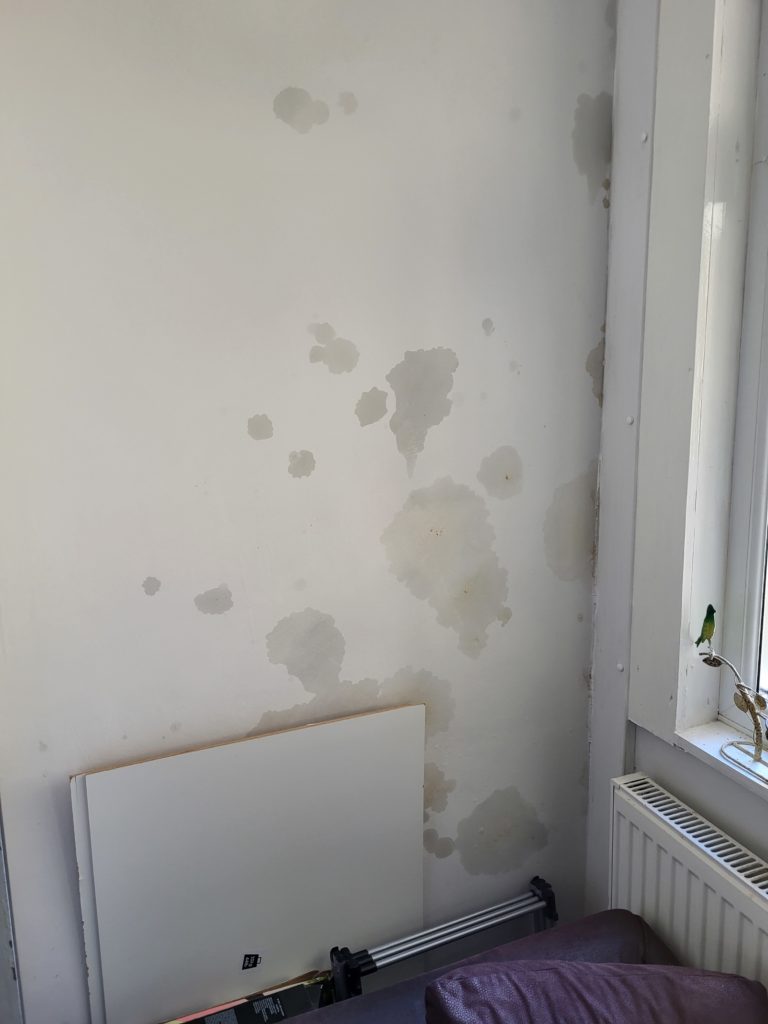
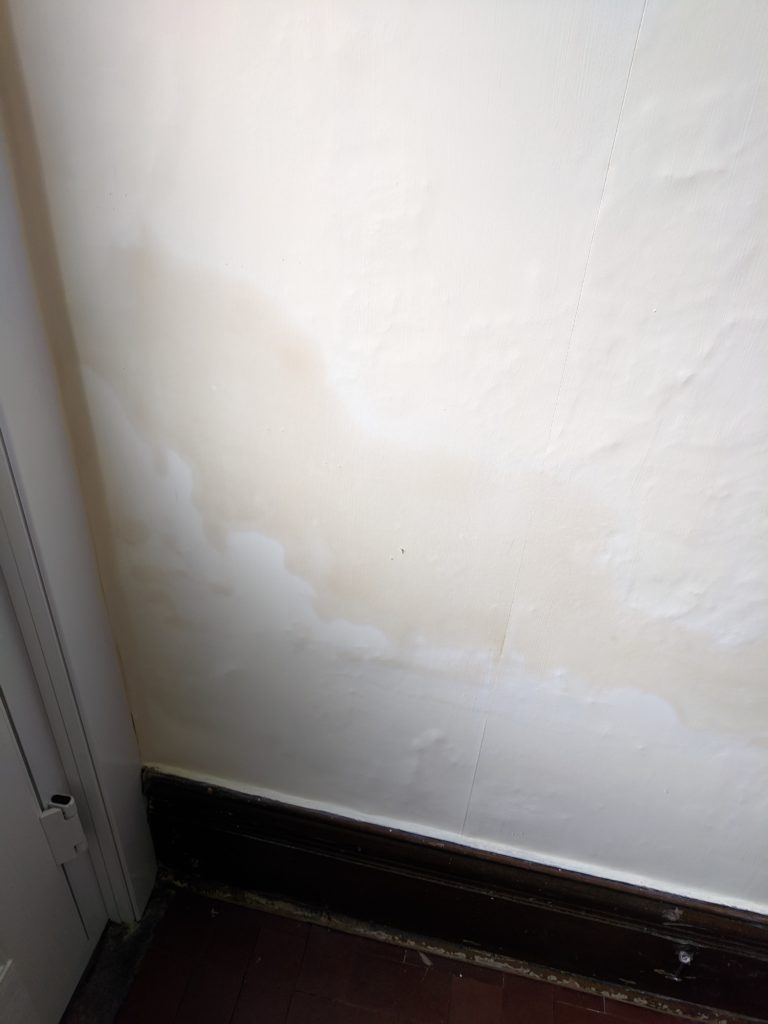
For any queries, or to book a survey, please contact us.
Our staff will work closely with you from survey stage, right through to the successful completion of the contract.
